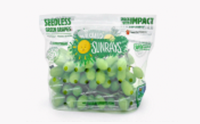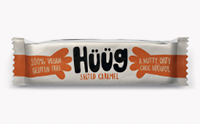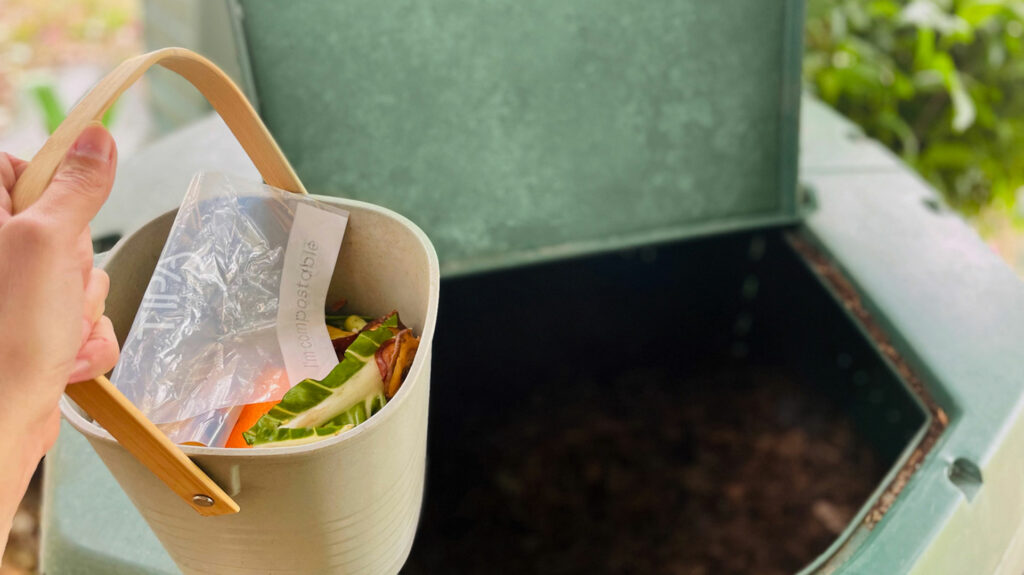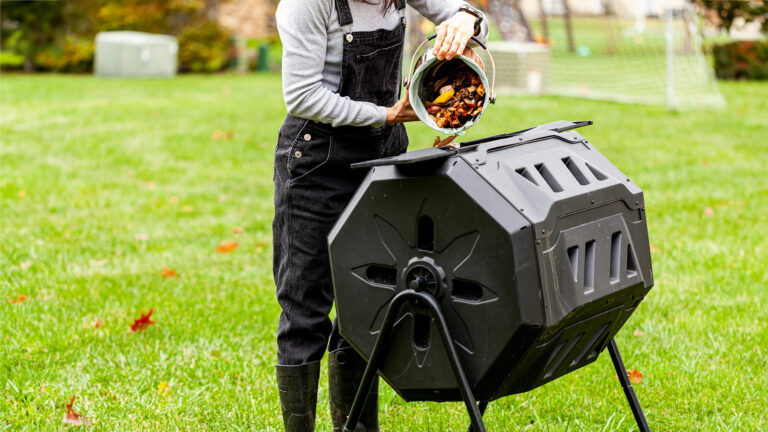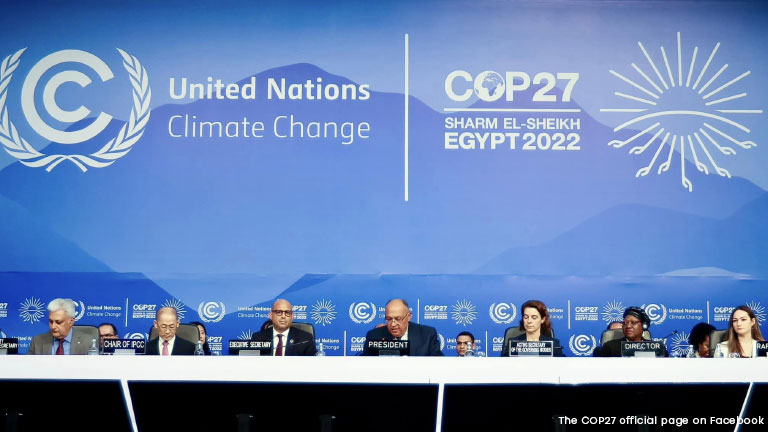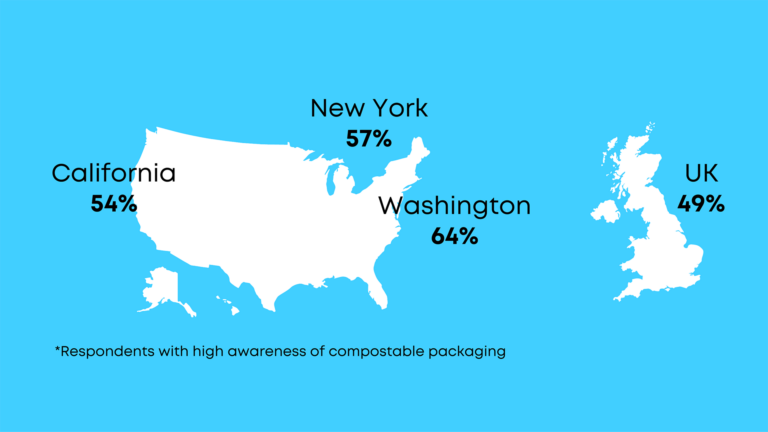“Our planet is choking on plastic,” according to the United Nations – and indeed, we are nearing crisis levels. Some 400 million tons of plastic is produced annually, but the vast majority ends up in landfills, polluting our environment.
One of the most promising solutions to curb this crisis is the growing industry of compostable packaging. Unlike traditional plastic packaging, which never truly decomposes, compostable alternatives leave behind zero waste. When placed in composting conditions after use, they break down into nutrient-rich compost that can contribute to topsoil replacement and increased crop yields, helping to sequester carbon dioxide and mitigate climate change. Despite the vast environmental benefits of compostable packaging, there are a number of prevailing myths that are distorting the truth and creating misunderstanding about them.
To clear the air (and land, and sea), here is a look at some of the more popular myths about compostables – and the nuanced realities that debunk them:
Myth 1: Moisture Breaks Down Compostable Packaging
Compostable packaging’s vulnerability to moisture is a misconception. It remains robust and doesn’t decompose upon moisture exposure, breaking down only in specific composting conditions. Advanced materials ensure durability and moisture resistance, suitable for various products. Thorough testing guarantees their integrity until proper composting facilities are reached. Thus, concerns about them degrading on store shelves are unfounded, affirming their reliability and sustainability. This understanding helps consumers and retailers confidently adopt compostable packaging as an eco-friendly alternative.
Myth 2: Compostable packaging is only made from paper or cardboard
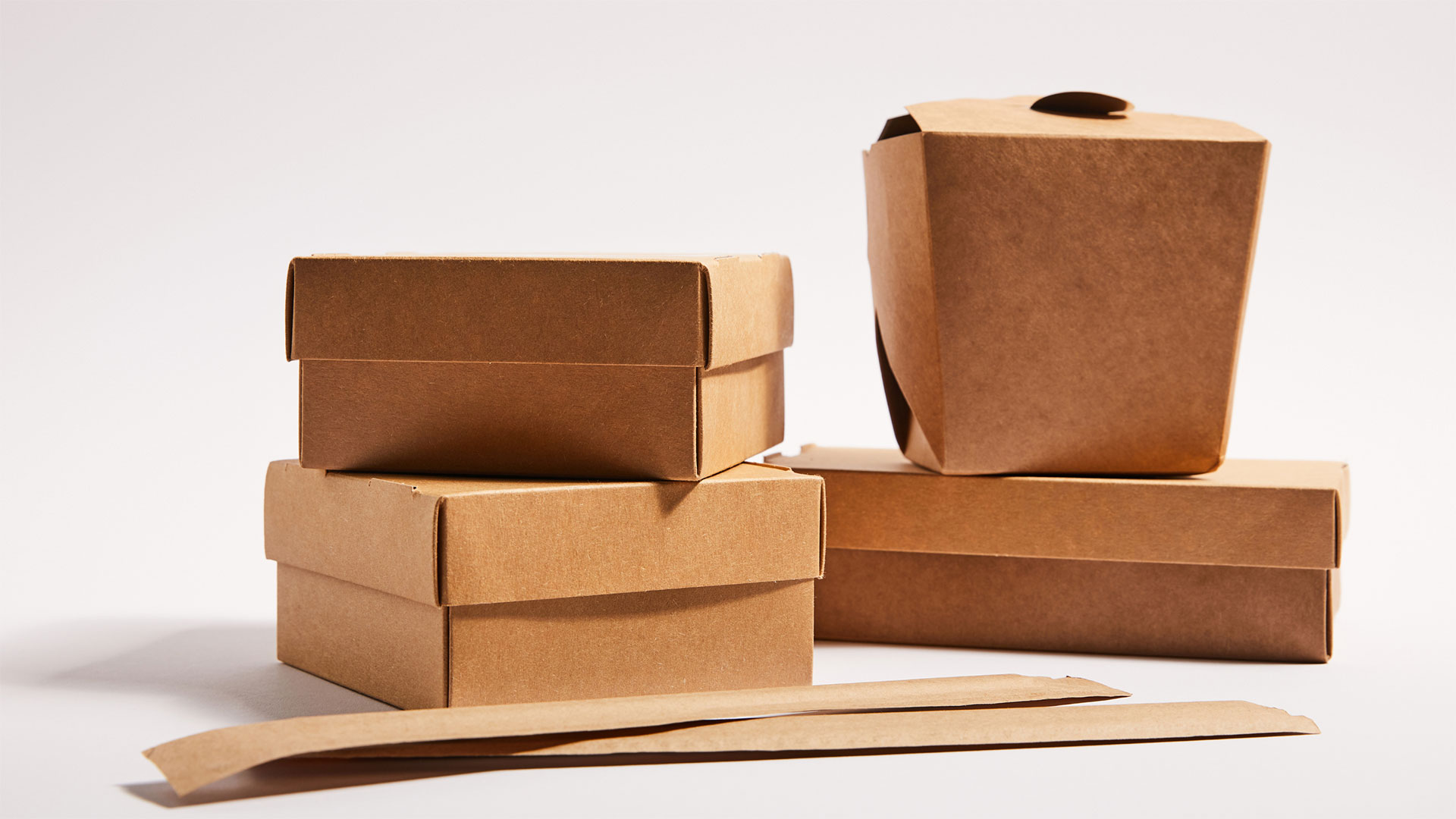
While most people think of paper, cardboard – or food scraps, for that matter – when they think of composting, a wide variety of materials can be effectively composted. This includes plastic alternatives made from the likes of food, fibers, sugarcane, and specially-engineered polymers – materials made of long chains of molecules. Through advanced material engineering, compostable plastic formulae break down like a natural substance when processed in appropriate composting conditions.
In recent years, numerous plastic producers have switched to PLA plastic – based on polymers derived from renewable biomass, such as sugar beets, sugar cane, corn, and other starchy fruits and vegetables. Similarly, compostable polymers can be used to replace a wide variety of plastic packaging – including plastic currently used to ship and store food.
Myth 3: Packaging can be compostable only if it’s made out of bio-based polymers
It may come as a surprise, but bio-based polymers aren’t the only kinds that are compostable – and actually not always compostable at all. In fact, fossil-based polymers can be composted, depending on their chemical structure.
Both compostable and conventional polymers are made from carbon chains; it is the chemical way in which these chains are bonded that determines whether a material is compostable, not the source from which these carbon chains come.
Myth 4: Compostable packaging can be disposed of anywhere, including the oceans
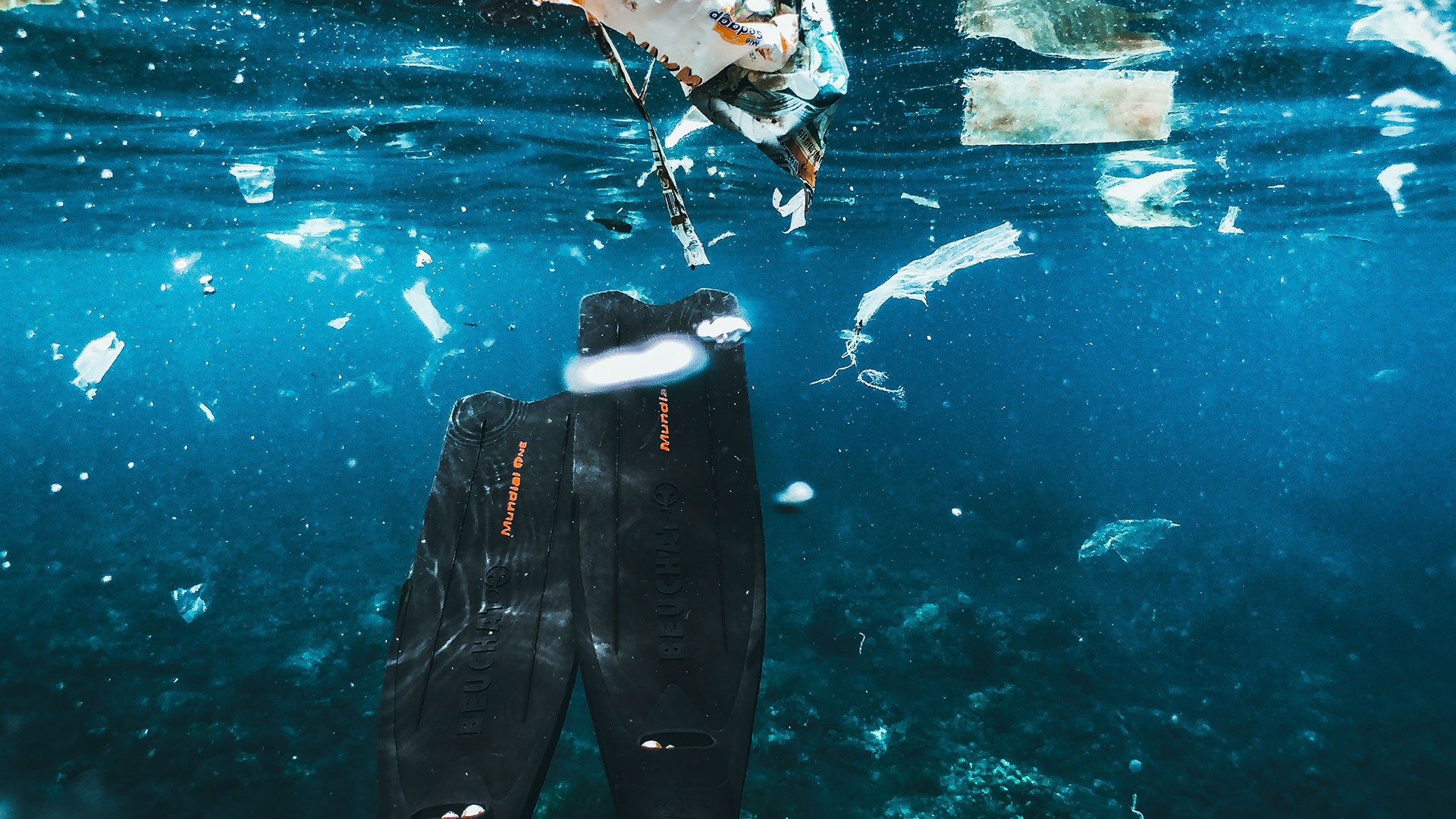
The underlying issue with this claim, is that compostable packaging are not designed to be disposed of in our oceans, in the first place.
As their name implies, compostable materials need to be placed in a home or industrial composter. Composting conditions – defined by criteria such as temperature and humidity – enable these materials to disintegrate and biodegrade into soil.
Myth 5: Compostable packaging mostly gets thrown away, not composted
You have to drop your trash somewhere – and increasingly, that “somewhere” is a composting receptacle. And while the emphasis for most residents has been composting food scraps, surveys show that nearly three quarters of composting facilities that process food now also accept compostable packaging.
With that kind of access, composting can, and should, become a primary method of disposing of trash; all a consumer has to do is seek out products that are marked as certified compostable packaging, indicating whether they are suitable for home or commercial composting.
Moving Beyond the Myths
Although many of these myths persist, the reality today is much different. The number of industrial composting facilities that accept compostable packaging is on the rise. Meanwhile, the use of compostable packaging materials is expected to increase by some 15% as the key innovation adopted by the packaging industry in the coming decade.
Along with these strides, a large majority of Americans say they would compost, if local access was more readily available. What’s needed for that to happen is even broader composting infrastructure across the US – with more waste management programs for collecting and accepting compostable packaging.
Research carried out by TIPA shows that 30% of U.S. and UK residents indicated a preference for compostable packaging, while 75% of consumers are willing to pay 3%-5% for their preferred alternative packaging.
While numerous leading manufacturers already produce compostable plastics, expanded infrastructure will only enable and encourage more consumers and manufacturers to make the switch to compostables. That, in turn, will help make compostables a force – and for the sake of our planet, ideally the dominant one – in packaging. In order for that to happen, we need to move beyond the myths, and look at compostable packaging for the sustainable solution it really is and the greater impact it can have.









